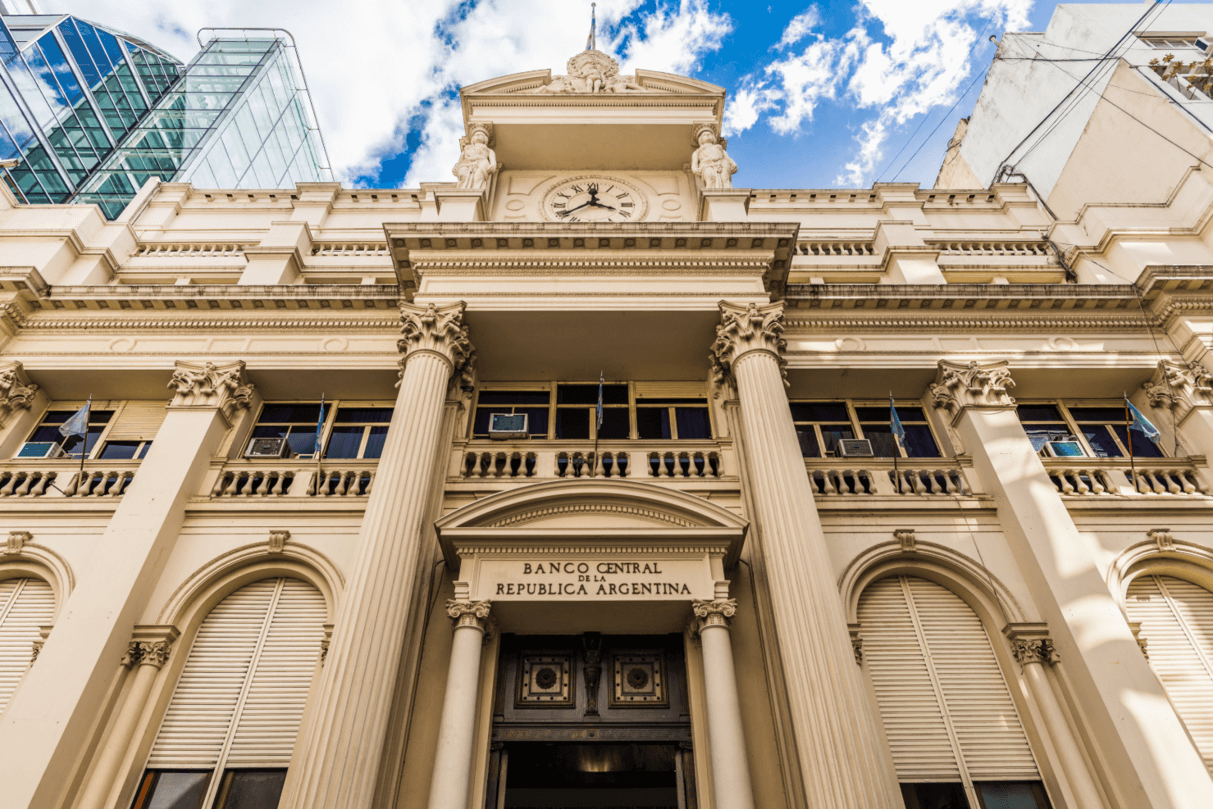The Central Bank of the Republic of Argentina (BCRA) has lowered its benchmark interest rate from 133% to 100%.
Announced on Monday, this move marks a significant shift in the country’s monetary policy. The BCRA aims to simplify and clarify its approach to managing the economy.
In addition to this rate cut, the BCRA changed its reference mechanism for interest rates. Previously, the Liquidity Letters (Leliq) served as the benchmark.
Now, the passive overnight repo rate will be used. This change is designed to make the bank’s liquidity management more efficient.
The BCRA also reduced interest rates on fixed-term deposits. These savings instruments, previously at 133%, are now set at 110% annually.
This reduction is part of a broader effort to streamline the bank’s monetary policy.
These adjustments aim to enhance the clarity and effectiveness of the bank’s monetary signals.

They also seek to influence other interest rates across the economy more effectively.
These recent changes align with President Javier Milei’s government’s broader economic strategy.
His administration has introduced a series of ‘shock’ measures. These measures include reducing the BCRA’s remunerated liabilities, such as Leliq.
Overall, these steps by the BCRA are crucial for Argentina’s economic stability. They represent a coordinated effort to address inflation and stimulate economic growth.
Background
The BCRA lowered its interest rate to 100%, differing from regional central banks that are raising rates to fight inflation.
This reflects Argentina’s unique strategy for growth.
The BCRA also shifted its rate reference from Liquidity Letters to the passive overnight repo rate, aligning with global banking standards.
This should improve policy transparency and effectiveness. Additionally, reducing fixed-term deposit rates aims to boost domestic savings and investment.
In comparison, Argentina’s rate cut is aggressive amidst global monetary tightening, potentially affecting how international investors view Argentina and foreign investments.
President Milei’s ‘shock’ measures, including the rate cut, mark a bold economic restructuring approach, contrasting with more conservative strategies elsewhere.
The BCRA’s strategy focuses on stimulating economic activity, risking higher inflation, and needing close monitoring.
This move could lead other emerging economies, despite being high-risk amidst global uncertainty.
The success of these measures will be crucial for Argentina’s economic path, offering insights into unconventional monetary policies in emerging markets.

